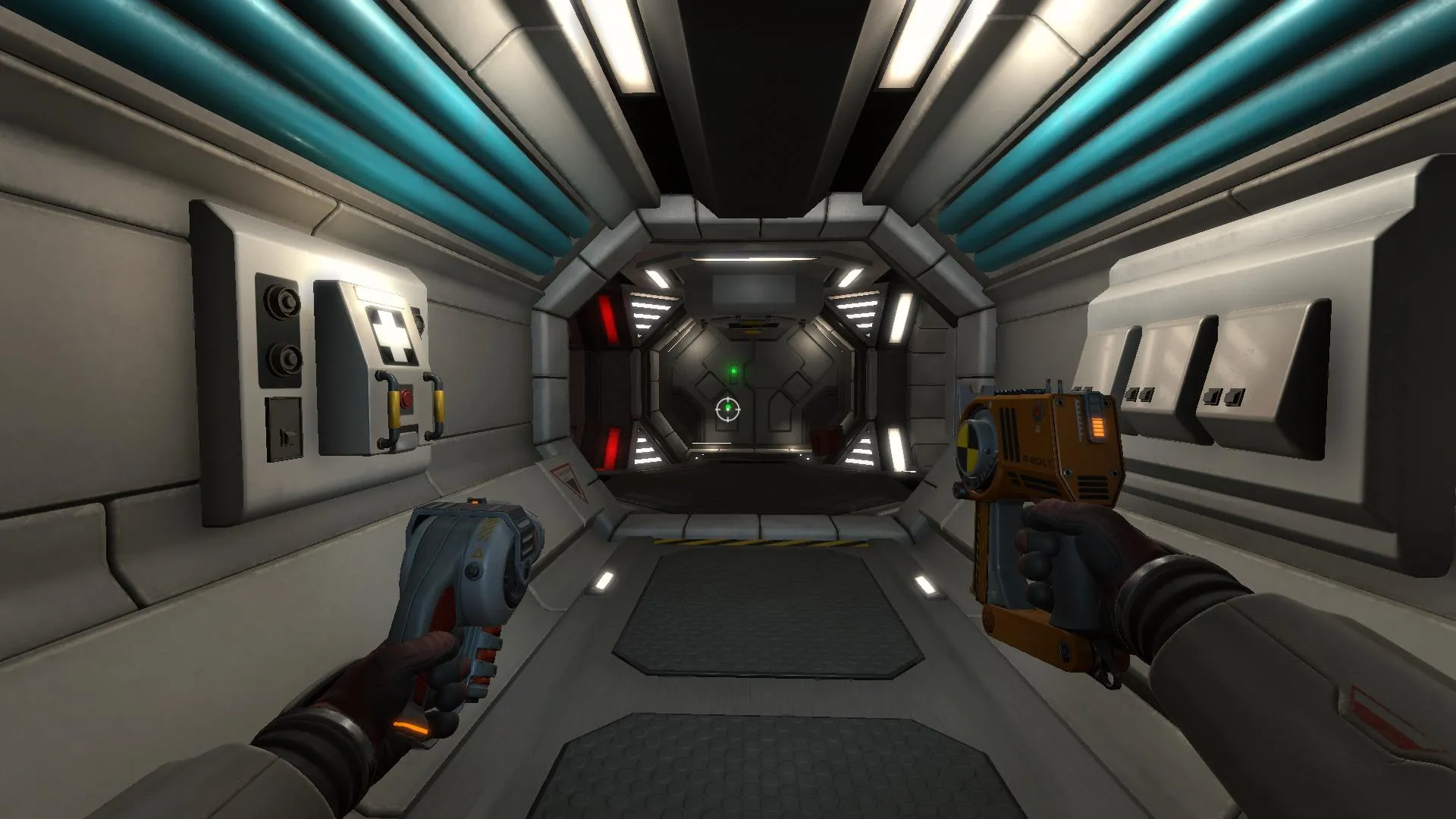
Downward Spiral: Horus Station Review: A Captivating, Yet Challenging VR Spacewalk
Contents
The impact of virtual reality technology on the gaming market remains somewhat subdued despite its advancements. This is largely due to many VR games being too rudimentary, lacking depth in both gameplay and narrative. Furthermore, games designed for VR often don’t translate well to traditional gameplay. Downward Spiral: Horus Station, developed by 3rd Eye Studio, exemplifies this. Designed for VR, it’s also available for non-VR players, challenging them to explore a derelict space station as an astronaut. But can the experience truly captivate without the immersive power of VR? Let’s delve into this review and find out.
A Weightless Wonder (or Wander?)
Many of us harbored childhood dreams of exploring the cosmos. Downward Spiral: Horus Station taps into this fascination, offering an environment reminiscent of real-life space exploration. Movement relies on pushing off walls and grabbing onto objects, simulating zero gravity. This initially creates a thrilling sense of vulnerability and immersion, forcing players to adapt to a new way of interacting with the environment.
 Downward Spiral: Horus Station – Grappling through the station
Downward Spiral: Horus Station – Grappling through the station
A grappling hook provides a more efficient means of traversing longer distances. However, it requires careful aim, as momentum is difficult to control. Missing a grapple point can send you adrift, requiring a reload from the last save point.
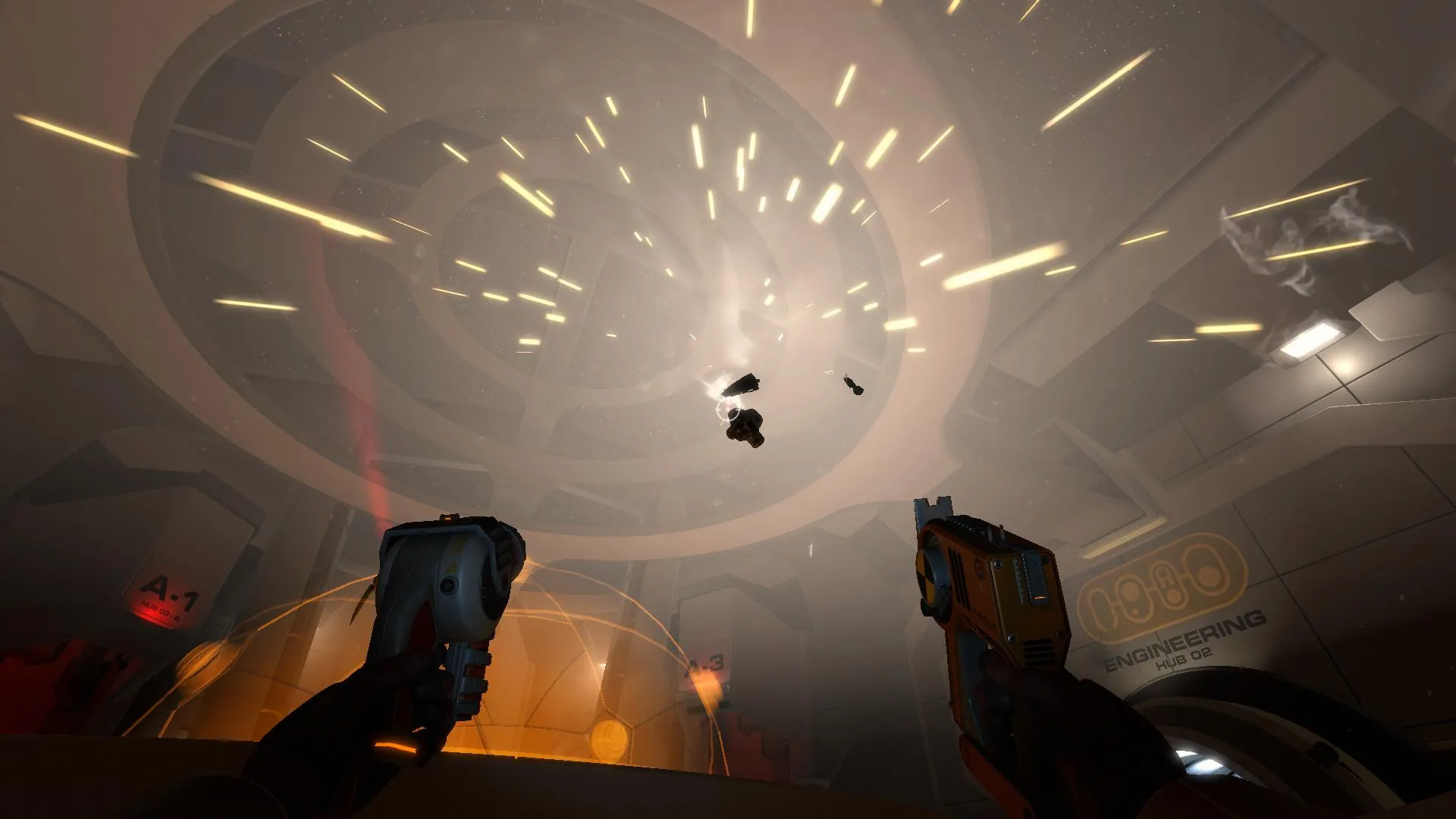 Downward Spiral: Horus Station – Navigating zero gravity
Downward Spiral: Horus Station – Navigating zero gravity
The game evokes the isolated, suspenseful atmosphere of space-themed films like Life and Gravity. This zero-gravity movement system, while unique and engaging, presents a significant challenge for those prone to motion sickness.
Fortunately, Downward Spiral: Horus Station also caters to traditional gamers, offering controller and keyboard/mouse support. The simple control scheme, focused primarily on environmental interaction, translates surprisingly well to these input methods.
A Test of Patience
Downward Spiral: Horus Station is less a traditional action game and more a contemplative space experience. The roughly four-hour playtime involves restoring the derelict Horus Station orbiting Mars. There’s no dialogue, complex narrative, or intense combat. The game’s focus is on immersing the player in the atmosphere of a desolate space station.
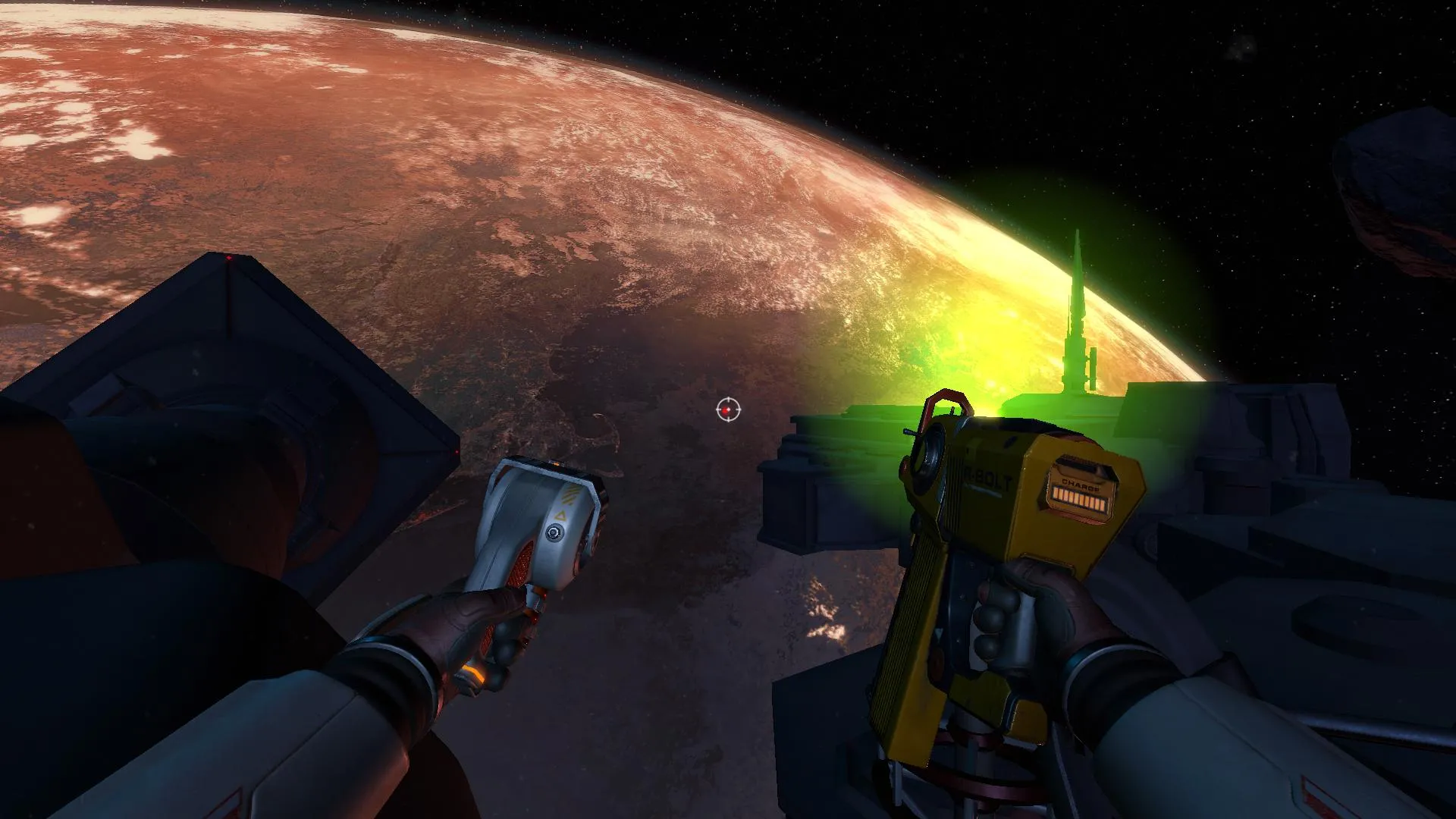 Downward Spiral: Horus Station – Exploring the derelict station
Downward Spiral: Horus Station – Exploring the derelict station
The slow, deliberate pace requires patience. The lack of explicit direction encourages careful observation and exploration. Finding maps, activating switches, and opening doors are key to progression. While relatively simple, rushing through the game can lead to disorientation and frustration.
The eerie silence, punctuated by an unsettling soundtrack and the presence of floating corpses and malfunctioning drones, creates a genuinely creepy atmosphere. This adds an unexpected layer of tension to the otherwise tranquil environment.
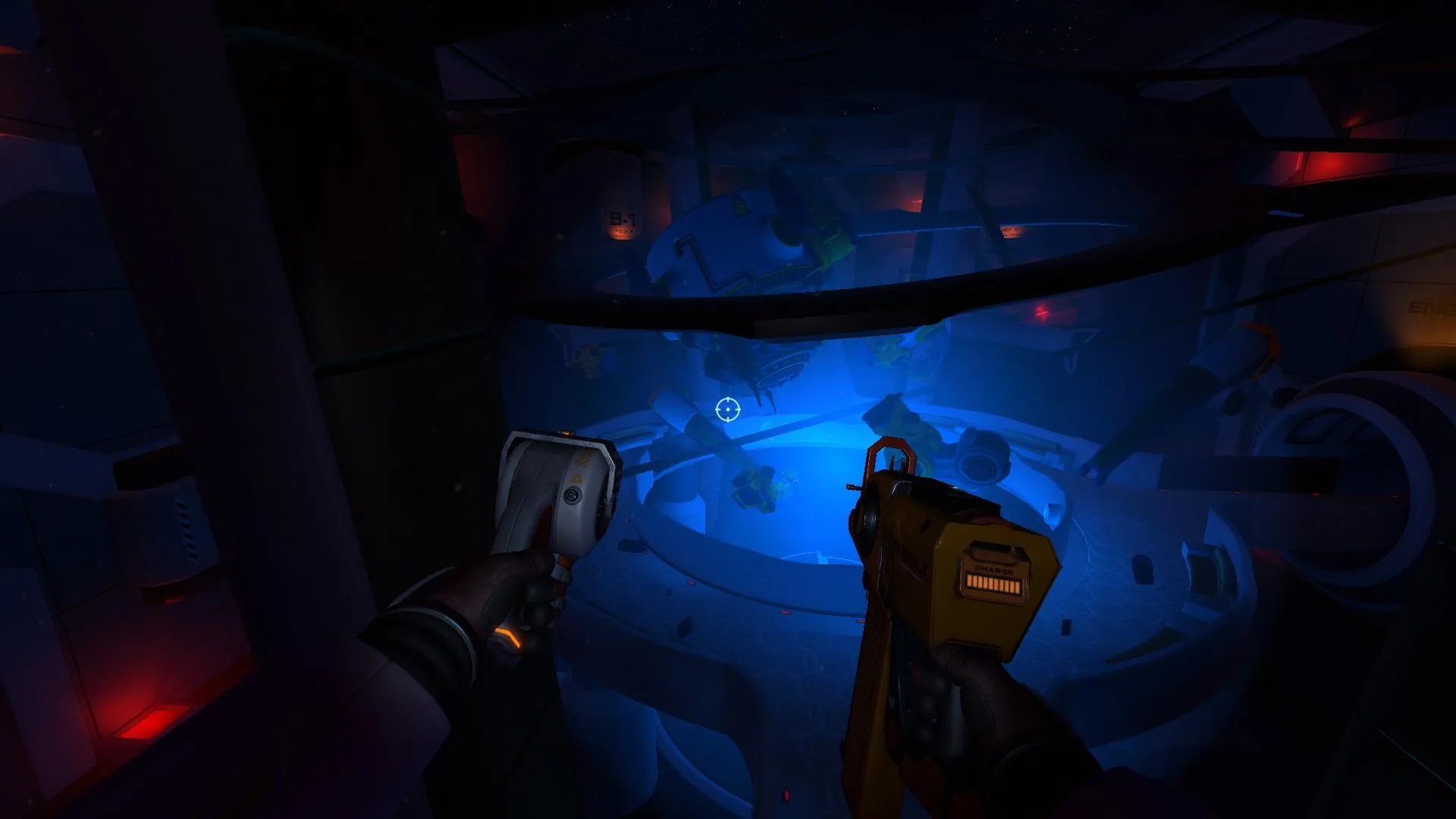 Downward Spiral: Horus Station – Uncovering the station's secrets
Downward Spiral: Horus Station – Uncovering the station's secrets
Not for the Faint of Heart (or Stomach)
Designed for VR, Downward Spiral: Horus Station can be challenging for players susceptible to motion sickness. The zero-gravity movement, combined with shifts in perspective, can quickly induce nausea and disorientation. This is exacerbated by occasional performance issues, despite the game’s relatively dated graphics.
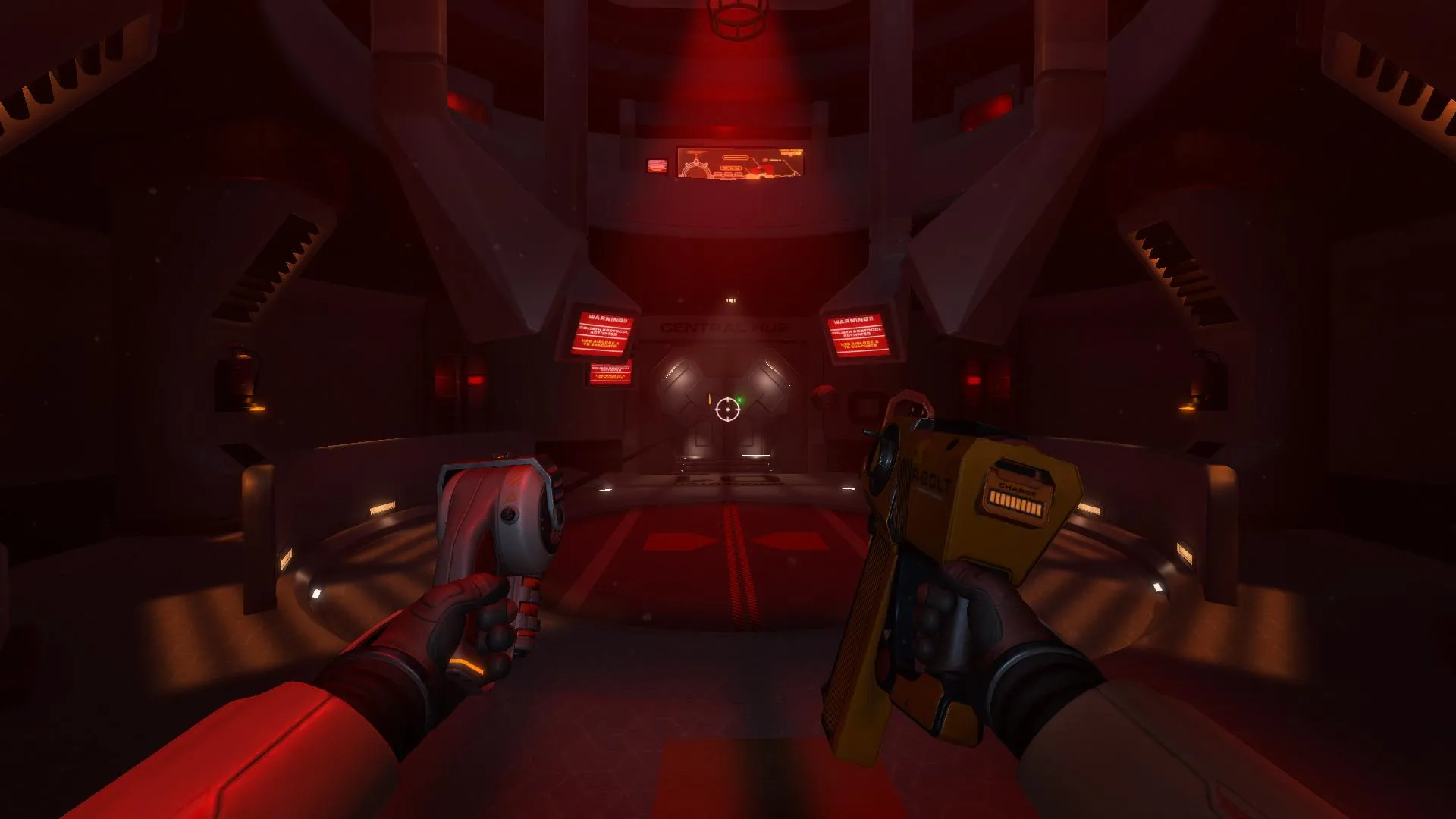 Downward Spiral: Horus Station – A disorienting experience
Downward Spiral: Horus Station – A disorienting experience
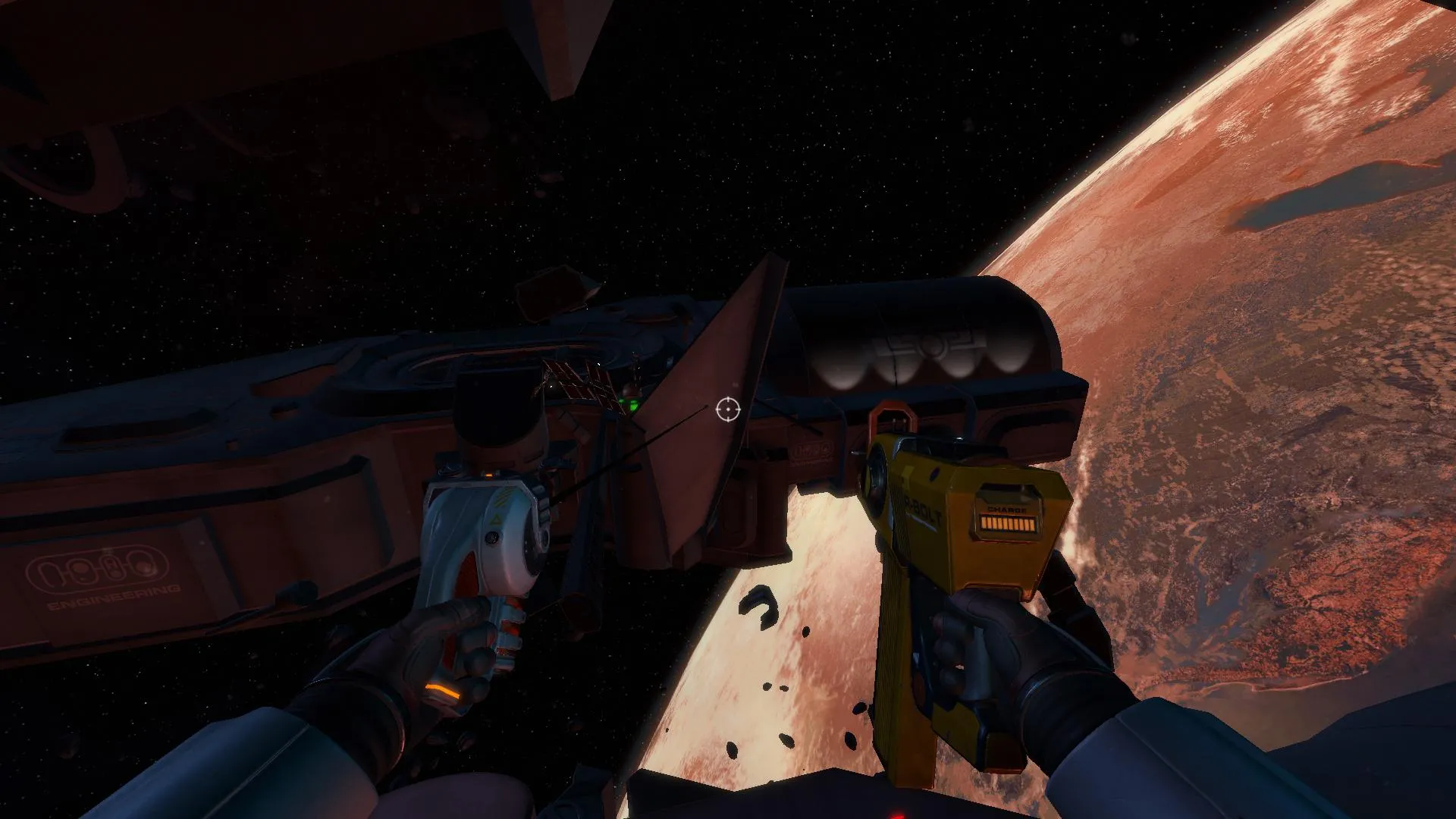 Downward Spiral: Horus Station – The challenges of zero-gravity
Downward Spiral: Horus Station – The challenges of zero-gravity
Conclusion
Downward Spiral: Horus Station offers a unique and captivating VR experience. However, its slow pace, lack of traditional gameplay elements, and potential to induce motion sickness may not appeal to all players, particularly those unfamiliar with VR. While a commendable effort to bridge the gap between VR and traditional gaming, it ultimately shines brightest in its intended virtual reality environment.
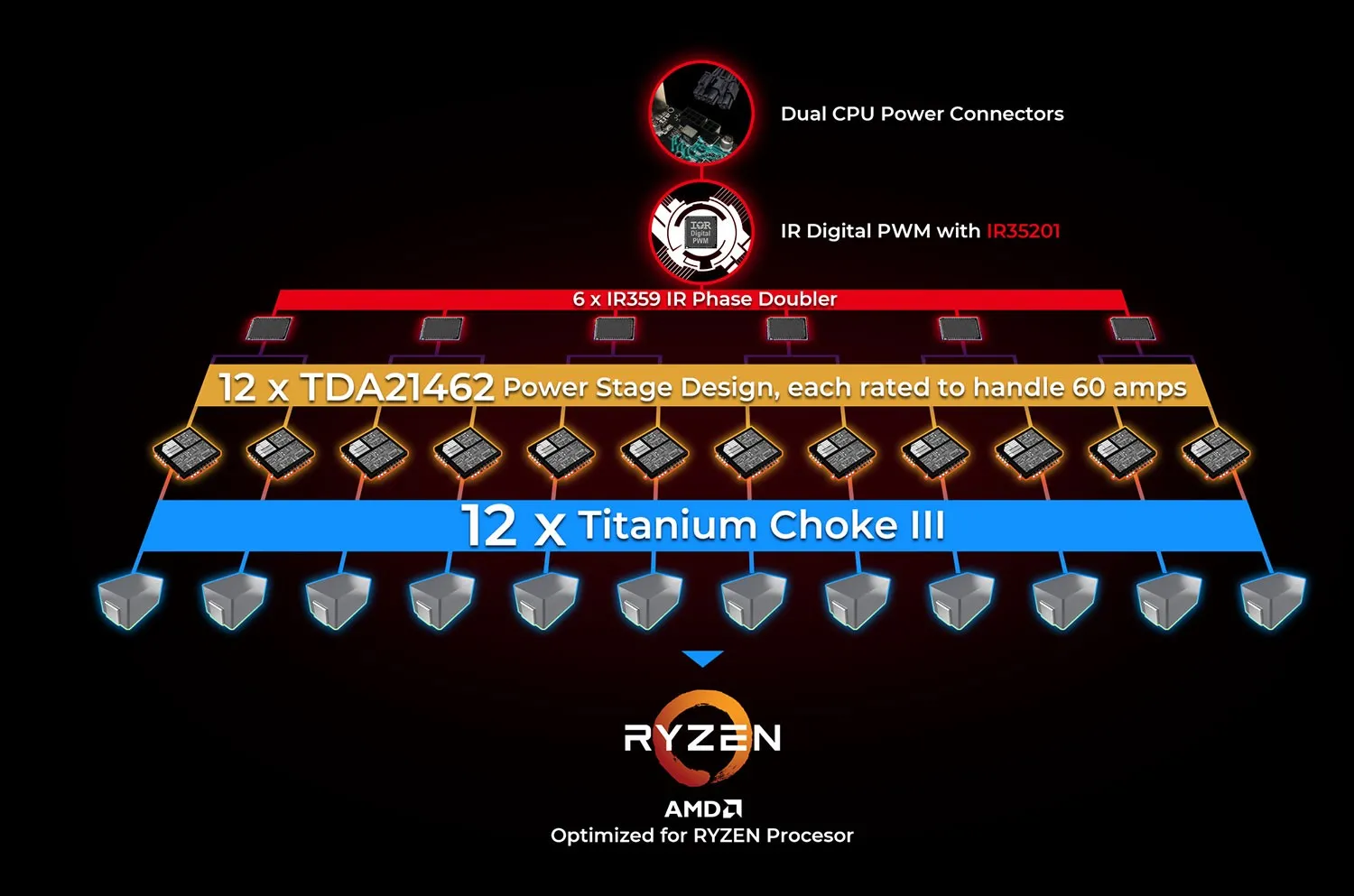
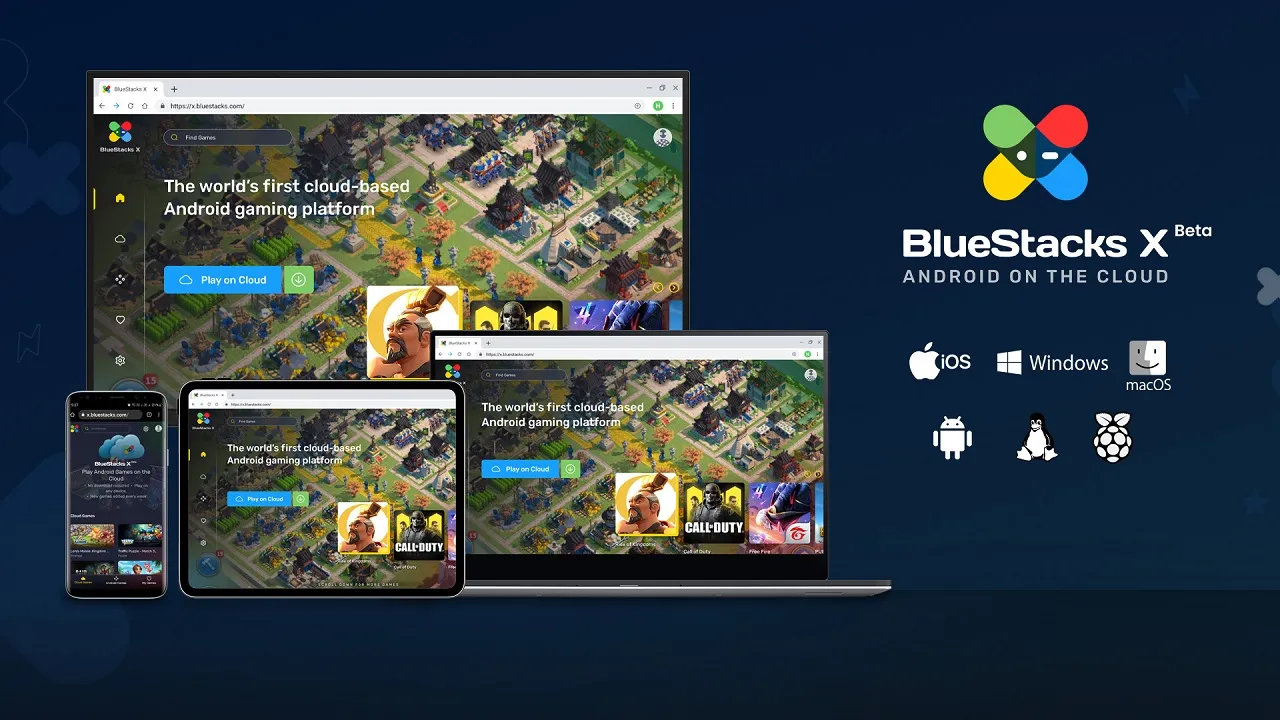
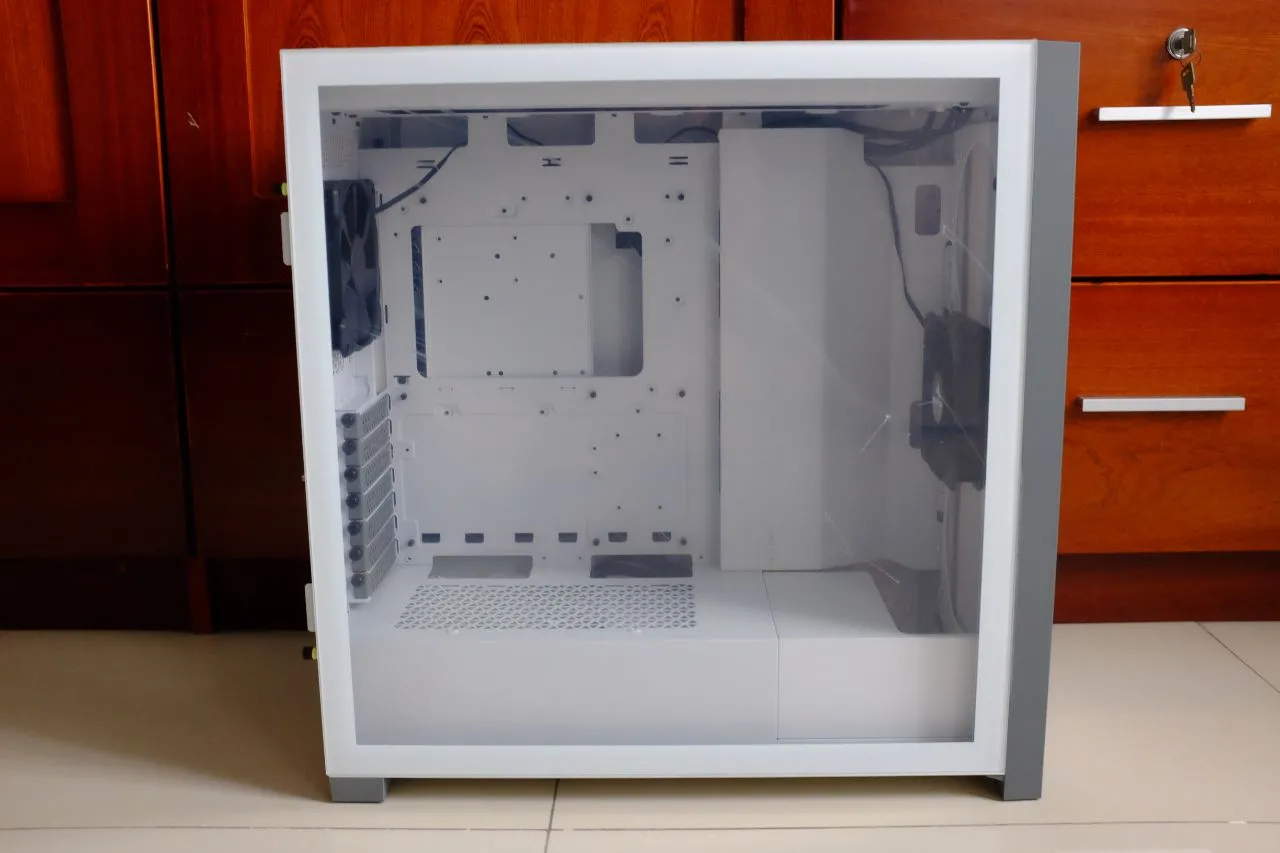
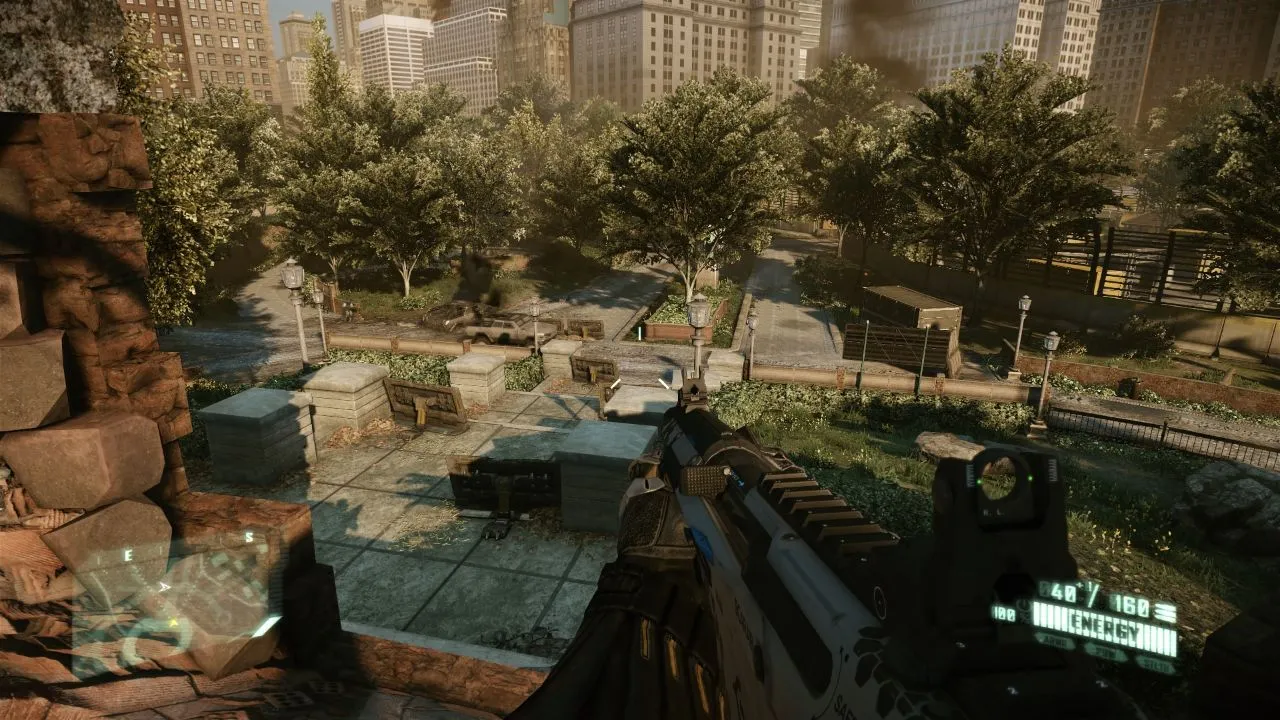
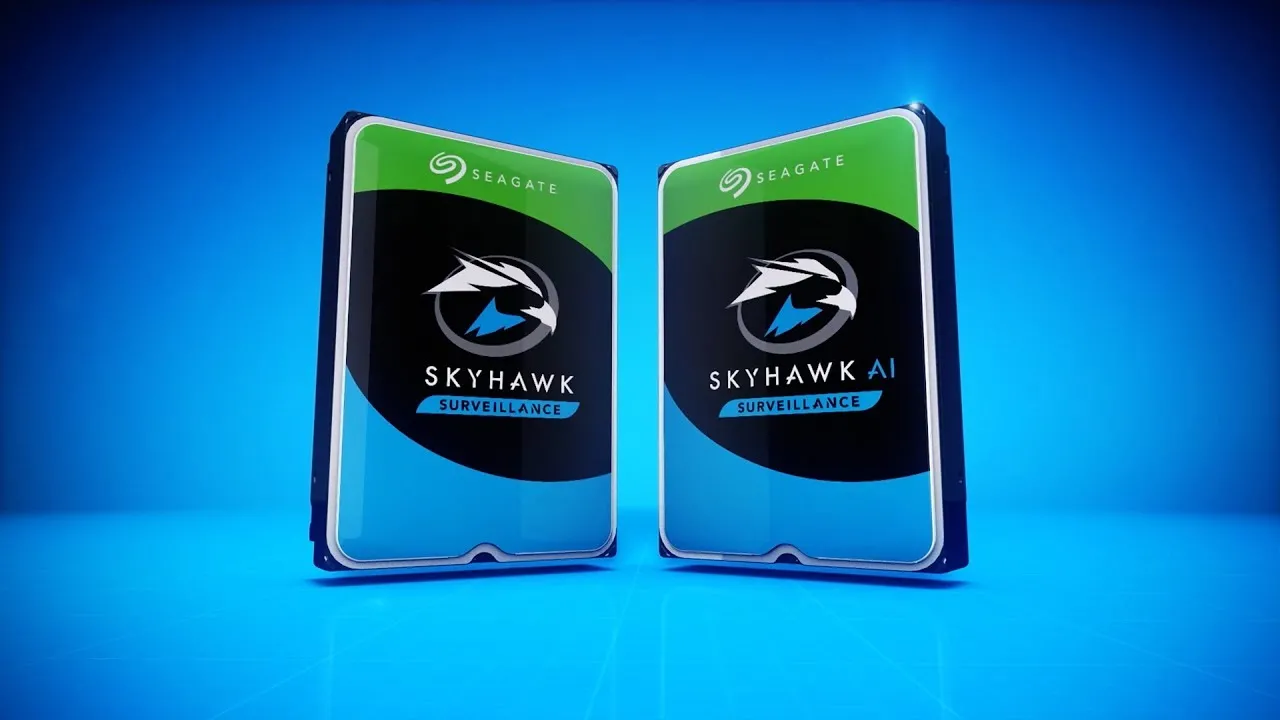
Comments (0)